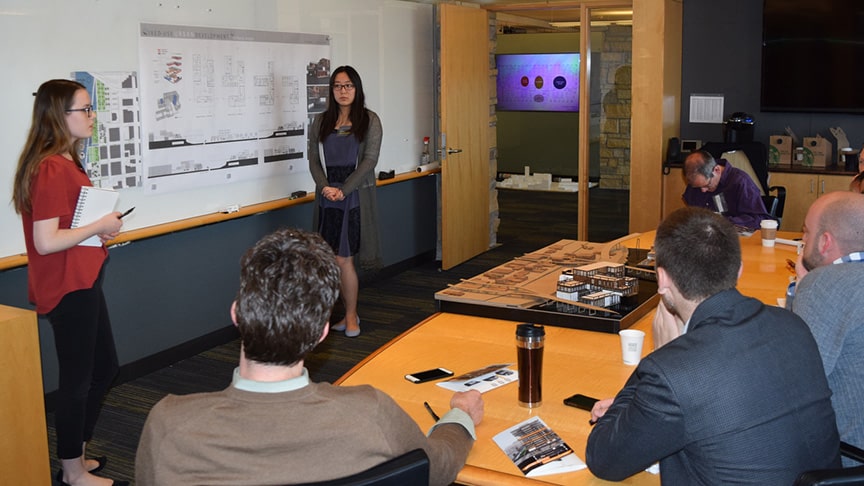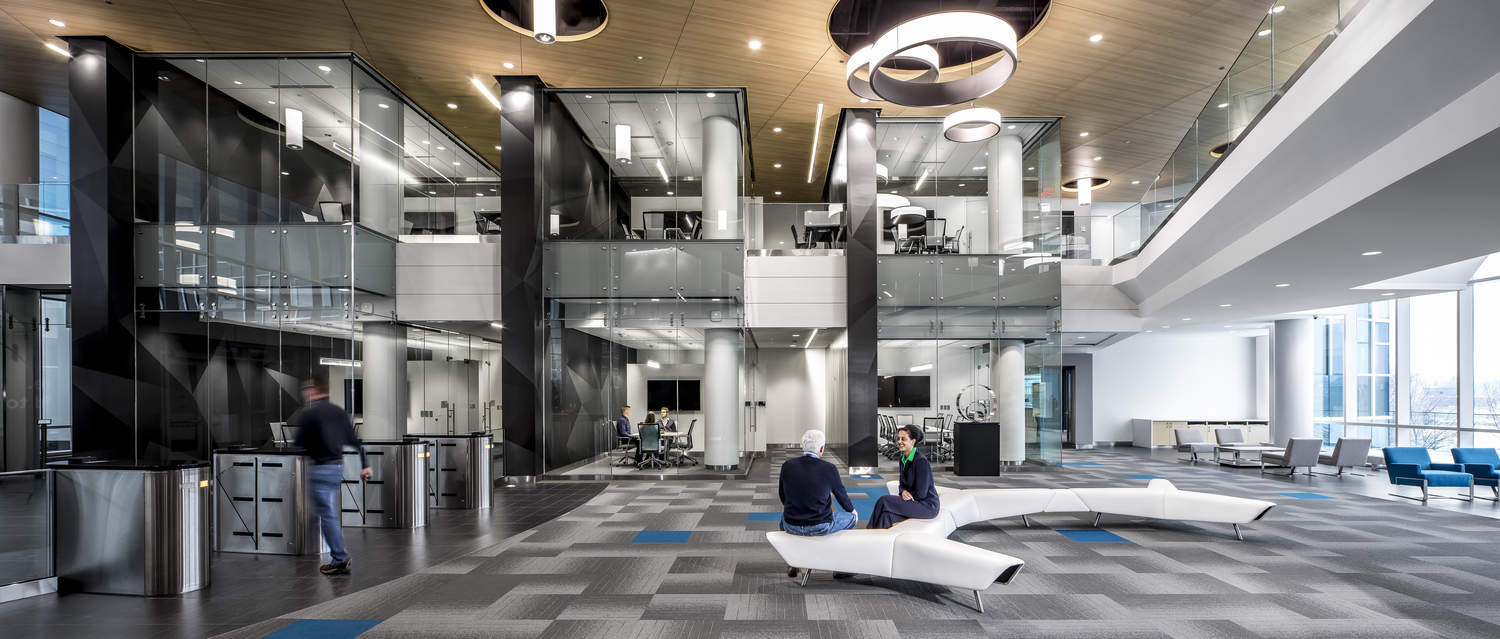Talk of an office renovation has spread to nearly every department with the precision of a game of can-and-string telephone. Rumors are flying, and whisper-like conversations are more prevalent than discussions about what happened on last night’s The Walking Dead. Sam in accounting fears the worst after hearing there won’t be cubicle walls. Meanwhile, Pat in human resources is excited to hear about the new work café (complete with a fully functional Starbucks, or so the rumor says). Perhaps this will offer more opportunity to collaborate, and get free coffee!
Whenever there is change, regardless of how small or big it may be, rumors and fears can fly. As the leader of change, corralling these conversations before they run rampant – on top of the other duties of change management – can be overwhelming. From both a budget and a staff engagement perspective, creating sustainable change cannot be done by one individual. It takes involvement from all levels of an organization. Building a strong change coalition team made up of senior leadership and middle managers is a critical strategy in leading change. This team is then responsible for communicating a strong why, or value story (see why in previous blog).
By connecting your business objectives to your goals and defining the impact that change will have on your organization, you are telling the why story. Creating the why guides the team in developing and implementing a successful change initiative.
Who Initiates the Change?
Change can come from senior leadership, middle managers and staff. In many instances, senior leadership is driving the change initiative. Regardless of how the change is initiated, it is critical to involve middle managers because they are closest to the staff and will be the main communicators of the change message. Transformation is a process, so it is important that middle managers clearly understand the why.
When change begins as a grass roots effort, then leadership sponsors need to be recruited. Involve leadership in the process of developing strategic objectives and the why for the initiative. Leaders will have valuable insights and provide guidance around scope, purpose, organizational value, budget and schedule. Tying strategic objectives with the purpose and organizational value will make the tough decisions easier. If the broader team is going to support change, they need to see leadership supporting the change initiative as well.
How to begin?
Start by finding a group of early adopters to introduce the idea to first. Once a coalition or volunteer army is developed, as in Kotter’s 8-Step Process of Change, make sure the whole team is on board. This starts by getting people involved up front by asking them to evaluate the change initiative including the strategy, process, and goals. Here’s a list of some thought-starter questions to ask the change advocates early on:
- What are our intended measures of success?
- What challenges do we anticipate?
- What have we learned from previous initiatives?
- What will enable us to be successful?
- How should we communicate information?
Forming a powerful coalition will allow the team to successfully lead the change effort. Since this may be the first time this group has worked together as a team, encourage them to work outside the normal hierarchy. Depending on your culture this could include removing hierarchy or status within the team; erasing company protocols; not following communication norms, etc. Information to staff needs to be clear, consistent and frequent – at times daily. Hierarchy, status, protocols, and standard means of communication can all slow down the process, thus hindering the success of the change initiative.
Communicating to the Broader Team
Empower change advocates to communicate using every vehicle possible to share the change initiative and process for achieving it. Communication over multiple channels and regularly throughout the initiative is key as in any organization there are many unique personalities in the audience who react differently. Karl in IT may wait until the last minute and needs the constant reminders while Pat in Accounting will do it the moment she gets the first email. Encourage the advocates to over communicate and send out continual reminders about what changes are coming. Never assume anyone has read the first round of communication.
Make sure to identify the real issues and address them head-on. This will allow the change coalition to tweak messages going out to the broader audience to ensure main concerns are addressed. Some tools that can help measure the pulse of the organization and how the change is going are short surveys, small focus group sessions, and post-change surveys.
Another important step is to plan to compile and celebrate the wins. While developing strategic objectives, make sure to define goals that demonstrate visible improvements. Recognize and reward employees who meet these goals and participate in the plan. The positive recognition will encourage others to follow and put the focus on achieving a goal vs. the change itself.
The Payoff
Create a strong change coalition team to lead change by engaging middle managers and other key leaders. Involve them early on in creating a clear why story, planning out the strategy, process, and goals. Publicize the change story and celebrate the wins. The payoff — the change initiative will be successful and your company will be able to flex with shifts in the competitive marketplace.





